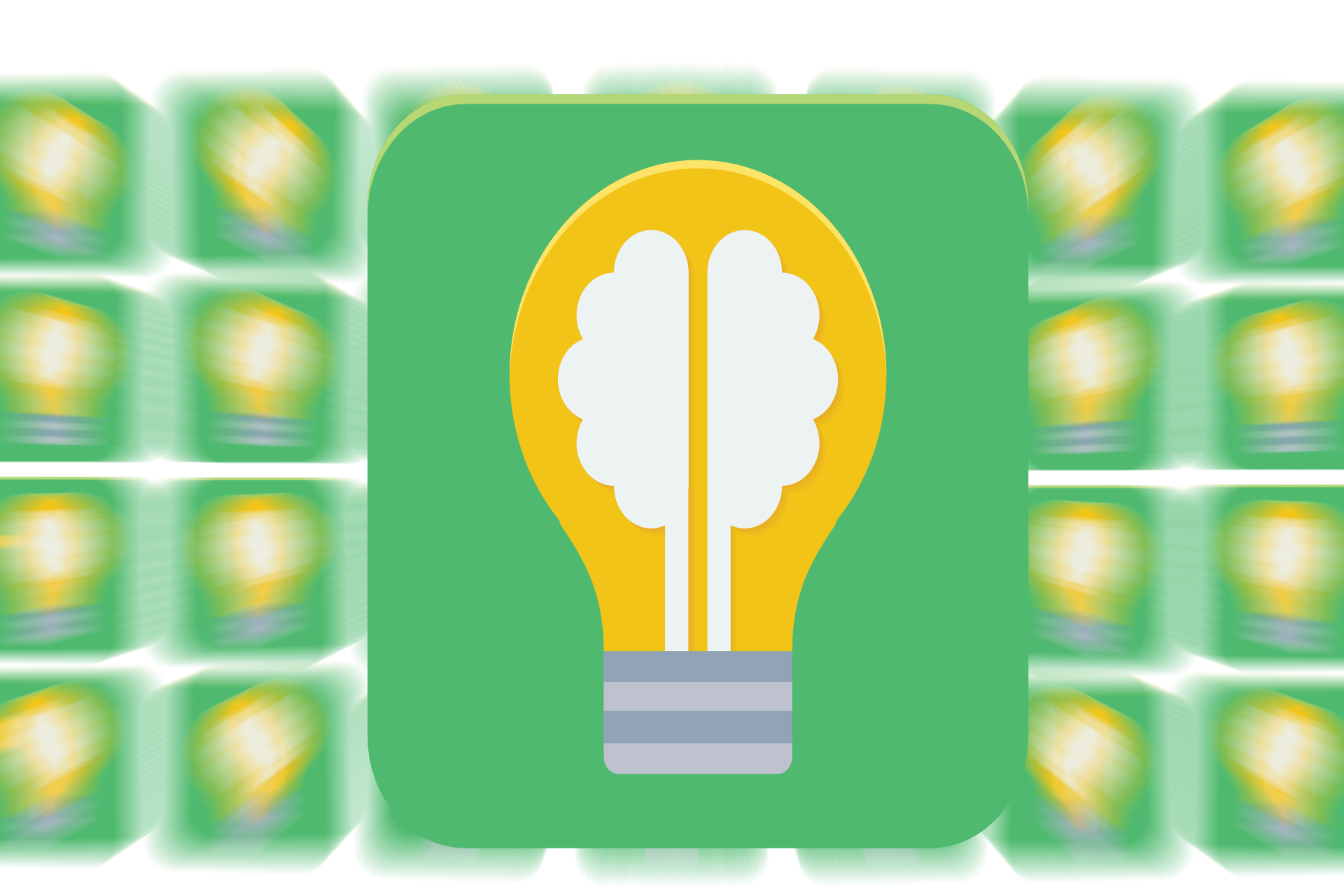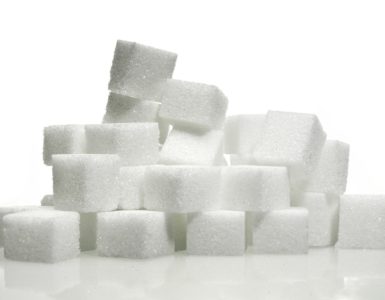Most restaurant websites are terrible. They’re over-designed, with flashy animations and gritty music loops. They’re high on attitude and low on useful information. In theory, they exist to persuade customers to call, or come by, or place an order … so why do so many of them make phone numbers, addresses, maps, and menus so difficult to find?
If you own a restaurant and have a website, here are the five “dont’s” your customers want you to keep in mind:
1. Don’t use Flash. An army of designers want to sell you websites based on Flash, a technology that embeds music and animations on your website. Ever visited a webpage that made you sit through an animated introduction (and a “Loading…” screen) before allowing you to see what you actually came there to see? Chances are, it was based on Flash.
Designers love Flash, because those dazzling graphics and animations take time to program — and that means big bucks for bad designers. Customers, though, hate Flash. We don’t want to sit through an animated introduction every time we visit your site. We don’t want our bosses to hear that awful music loop every time we sneak a visit to your website on our office PC.
And, if we’re browsing your website on our iPhone or iPad — as about 54% of mobile users are — we can’t see Flash-based websites on our mobile devices. Translation: despite all that money you dropped on a whiz-bang Flash-based webstie, more than half of your mobile visitors will see this:

Flash favors flair over function. Don’t use it on your restaurant website.
2. Don’t Hide Location and Contact Info. It happens more often than you’d think: I go to a restaurant website, and I spend a good five minutes struggling to find two critical pieces of information: a phone number and an address.
A common mistake? Hiding this information on one page of the site. As a result, I have to figure out that you’ve put your address and directions under the “Contact Us” link … or that your phone number is on the “Locations” tab.
Put the address and phone number of your restaurant on every page of your web site. Put it up high, near the top, so that I won’t have to scroll down to see it. In all probability, it’s what I’ve come to see. Why make it hard to find?
(PS: If you answered that question by saying, “Because I want you to have to look around my site a little before getting the information you came for,” deduct 95 points from your Customer IQ.)
3. Don’t Use PDF Menus. When you’re putting your website together, PDF menus probably sound great. After all, PDF menus take little or no time or effort to produce … and they look just like your real menu, right? What could be better?
A menu designed to be read on a mobile device or computer screen, that’s what.
Look: in person, your menu is probably fine (though all too many seem to be designed to be impossible for the over-40 crowd to read in low light). But those two or three columns of tiny print just weren’t designed to be displayed on an iPhone or a Blackberry. Because those of us on mobile devices have to zoom in to read the fine print, reading your PDF menu is like reading the real menu … through a cardboard paper towel tube.
And there’s this: badly designed PDFs are huge, taking almost forever to download. Even those that have been scaled for distribution on the web still require *another* click to download and *another* minute or two to display. In short: offering your menu as a PDF file (or, worse, offering different pages of your menu as different PDF files!) puts a lot of hurdles between us and the information we’re looking for.
Create a simple, fast-loading, mostly text version of your menu. With prices. Under a link called “menu.” On every page, please.
4. Don’t Design Like It’s 1999. This website for one of my favorite restaurants in Atlanta just gets worse and worse. It’s tiny and tight on my 27″ monitor. Even on that giant screen, the text of the daily specials is too small to read comfortably. And on my iPhone, it looks like this:

Look: it’s 2011. More and more of us are looking at websites on phones and iPads. (In fact, by 2015, there will be more Americans browsing the web on phones and mobile devices than on desktop computers.) So stop designing sites that display slowly (or barely!) on mobile devices, please.
5. Don’t Use a Splash Page. A splash page is a hurdle you erect between visitors and the information they came to see. In other words: it forces me to wait — or, even worse puzzle out what I’m supposed to do — before I can even get in the front door.
I don’t want to make that choice. I don’t want to play a game. I want to call you, put your address in my GPS, make a reservation, find out if you’re open, or place an order on line.
All those things I want to do? They make me more likely to spend money at your restaurant.
Why wouldn’t they be the *first* thing you offer me?


Your thoughts in comic form: http://theoatmeal.com/comics/restaurant_website
The Oatmeal is comic gold.